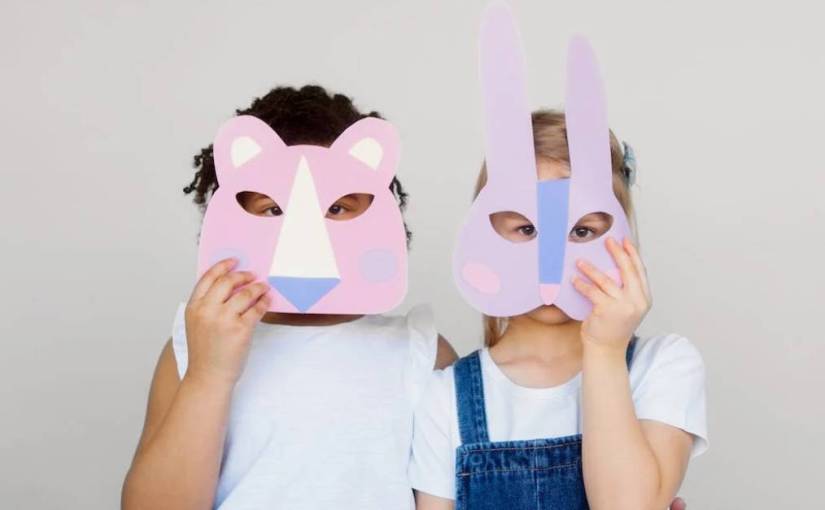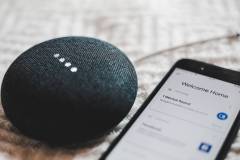The term “cyberloafing” isn’t new, but it got the precise attention of the corporate world in recent years. The entry of pandemic culture, when we all went online, is to blame for that.
No wonder.
Companies lose around $85 billion every year because of cyberloafing. They consider it a billion-dollar waste of time and the main reason for procrastination and productivity loss at work. Since the pandemic event — when employees worked from home, and there was no one to monitor what employees were doing — the issue of cyberloafing has risen with renewed vigor.
We are now cyberloafing more than usual. With everything available and possible to operate online, how we perceive and practice day-to-day work has changed.
But is cyberloafing really so dangerous and destructive? Let’s sort it out.
What is cyberloafing?
Cyberloafing is a universal term to describe the actions of employees using the Internet at a workplace for personal needs.
It relates to any activities other than work such as:
- scrolling social media
- checking personal emails
- ordering items online
- booking travels
- watching YouTube videos, etc.
With remote work on the rise and a tendency to search for any information, including job search, online, no surprise that cyberloafing is only increasing. According to statistics, Millennial and Gen Z employees spend 2+ hours per workday using the Internet for personal needs.
The reasons for cyberloafing during working hours are many. The most common are:
- Boredom. Struggling with the same monotonous tasks at work, you look for something entertaining online.
- Ostracism. When feeling lonely and excluded from peers at work, you seek refuge online.
- Mental breaks. The human brain works in such a way that we need to pause work occasionally to refresh our minds.
- Competitive tasks. Challenging tasks consume tons of mental effort, and you take short breaks online to reduce stress and burnout.
- Non-competitive tasks. Getting the role and duties that aren’t challenging enough for you, you push them away for later and spend time on non-work online activities.
- Upskilling. Enrolled in online courses from top companies, you spend time learning.
- Internet addiction. Embracing the “reel” life to gain satisfaction and validation from the community, you get addicted and give up real life and time for it.
The benefits of cyberloafing
So, how can distracting yourself from work — at work benefit you?
The boost for numerous studies on this comes from American and Israeli scientists. They researched cyberloafing as a coping mechanism that helped employees deal with boredom at work. After examining 463 university employees of different occupations, they concluded the positive effect of cyberloafing:
When a person gets distracted from current tasks and takes a break from relaxing content on social media, the brain starts a new cycle of information processing. It looks for a place to define this information and how to save it.
The benefits of such distraction are many:
- A positive effect on mood and mental health
- Easier switching between routine tasks thanks to the brain’s “relax” and restart
- Enhanced activity of the brain’s temporal lobes responsible for long-term memory
- Improved concentration and productivity
- Enhanced creative thinking, thanks to healthy procrastination and its effect on imagination, memory, and idea generation.
So, what’s the truth about Cyberloafing? Long story short
Cyberloafing brings more good than harm. It helps the brain to recharge and makes it cope with tasks faster and more efficiently.
More recent studies examining cyberloafing behaviors among university students confirm these findings:
Non-study activities like accessing online content and gaming affected students’ psychological well-being positively. Such results emphasize the importance of evaluating both pros and cons cyberloafing can bring, as well as developing appropriate policies to manage the level of Internet misuse in class or online education.
If so, then what’s the problem?
Internet addiction is destructive, and nothing good will happen if cyberloafing starts taking all the time allocated to work or study.
Potential harms of cyberloafing:
- Stress and anxiety, especially if you prefer aggressive content, focus on the negative news, or discuss issues you can’t influence.
- Low self-esteem, especially if you constantly compare yourself to others and believe everything you see on social media.
- Bad mood and frustration as a consequence of the previous two points.
- Insomnia and other sleep problems, especially if you spend time with a smartphone or a laptop late into the night. The screen light interferes with melatonin production, a hormone responsible for sleep.
How do you find the right balance between work and cyberloafing? When is it okay to distract by non-work-related activities without harming but benefiting your work efficiency? How to prevent internet addiction, after all?
Using cyberloafing for good
First, find out how much time you spend online to assess the potential harm of your cyberloafing.
- Examine the statistics of your visits and time spent on social networks.
- Study your smartphone activity.
- Track your time online resources with tools like DeskTime, Toggl, Time Doctor, and others.
The study from Hootsuite says that an average internet user spends 2 hours and 28 minutes per day on social media. It’s about 17 hours per week, 74 hours per month, or 37+ days per year! But:
It’s also critical to consider the practical component of this time.
For example, you exercise with YouTube videos daily, which is good for your health. Or, you listen to a podcast that can help you with self-growth. Such cyberloafing is hard to call destructive, agree?
Online courses, e-books or audiobooks, online language learning, and other content encouraging your upskilling can justify cyberloafing. Indeed, sometimes it’s faster to surf an answer online than distract colleagues from work.
Business communities on social media aren’t to blame for destructive cyberloafing, either. Articles, videos, or reviews you find there can help you take a break and learn something new at the same time.
How to balance work and cyberloafing for better productivity:
Take a 5-10 minutes break every hour. The ideal variant would be to spend them on physical exercises. However, if you need an emotional recharge, social media could be a good option, too.
Find content that relaxes you personally. Thus, images or videos with cats will hardly inspire or cheer up those who love fighting dog breeds.
Give preference to content that is soothing rather than stressful. Simply put, views of nature are better than disaster videos, especially if you are a news editor watching those disasters regularly due to your professional duties.
Answer the question, “Do I feel better after a cyberloafing session?”
If blaming yourself for it and moan that you don’t have enough time to complete tasks now, do your best to limit your non-work-related activities at the workplace. But if 10-15 minutes of chatting with friends make you feel inspired and vigorous to continue working, there’s no need to ban such cyberloafing pastime.
In a word
Now that you have a better idea of cyberloafing and its positive impact on your work, it’s time to practice it for stellar productivity.
While many employers or independent specialists limit cyberloafing and use specific tools to manage it, it’s critical to understand the thin line between taking a mental break and destructive procrastination. When used right, cyberloafing brings nothing but benefit and pleasure — and the productivity employers are seeking in the first place.
Featured Image Credit: Artem Podrez; Pexels; Thank you!


















